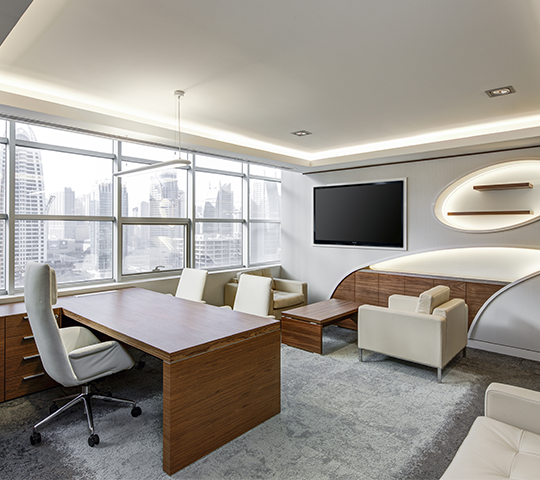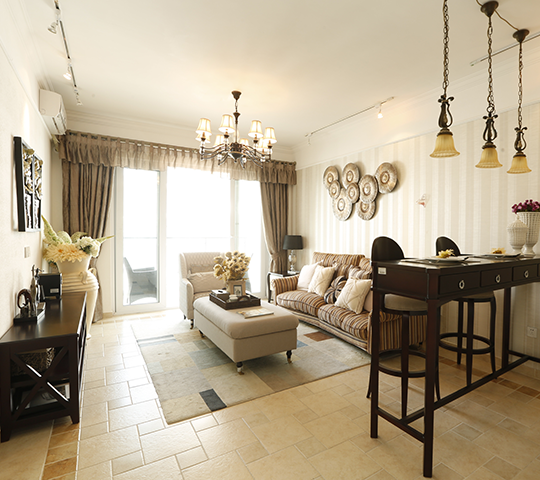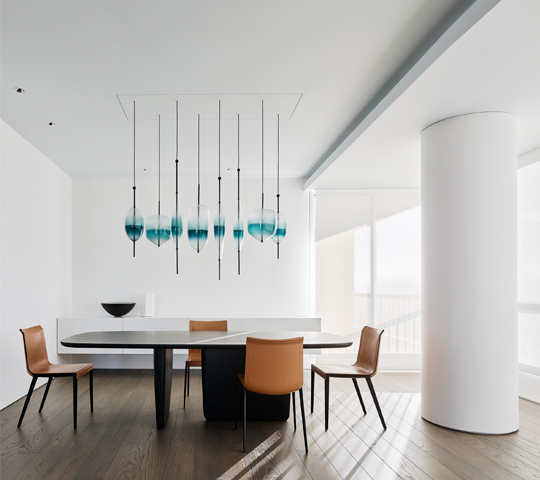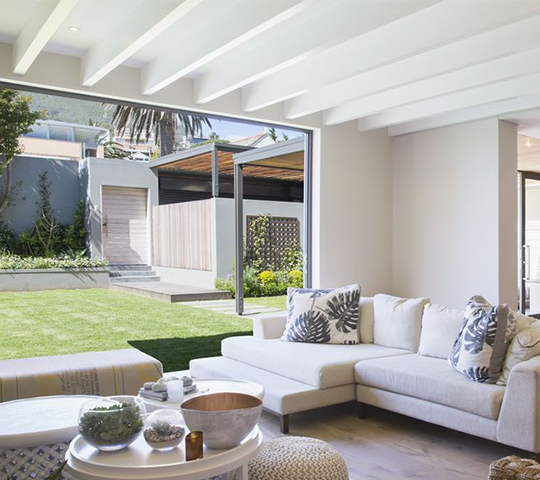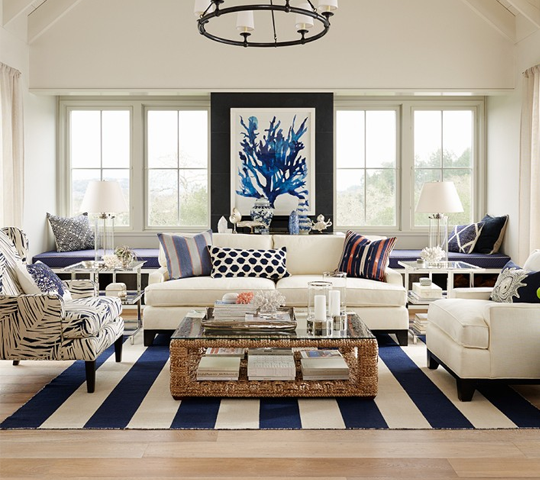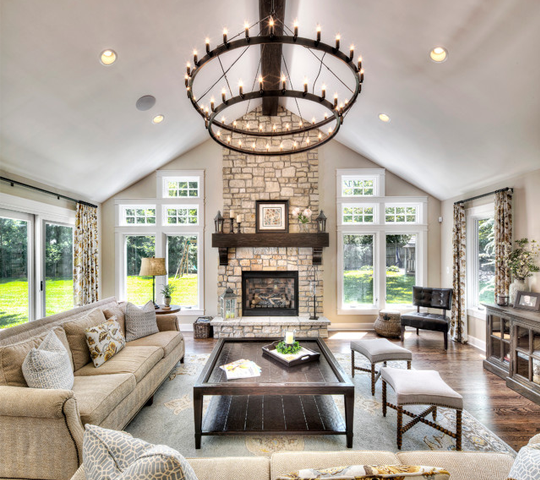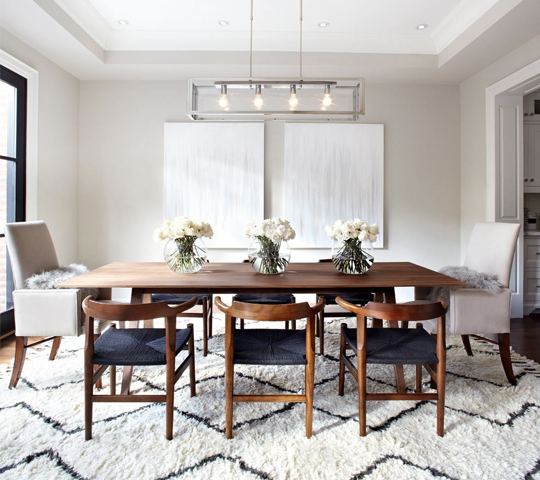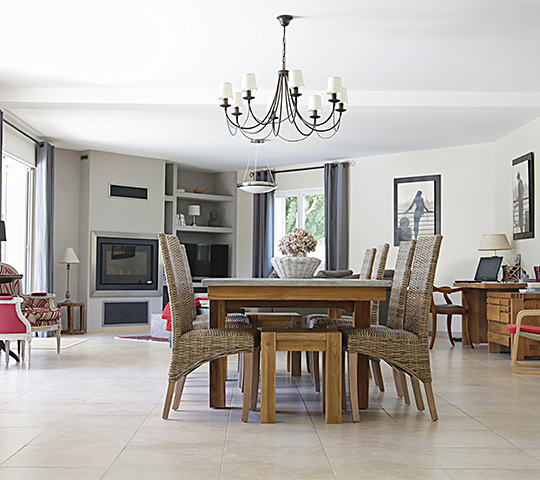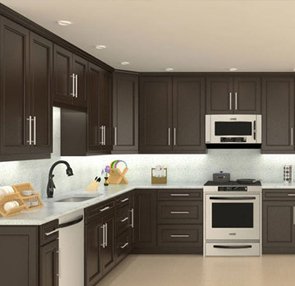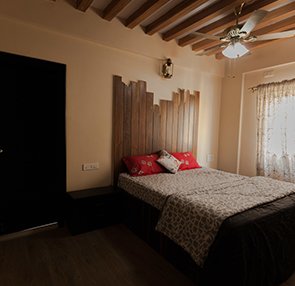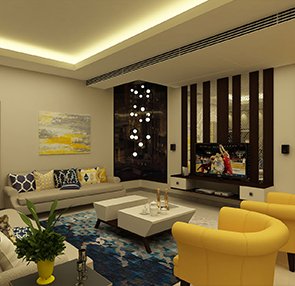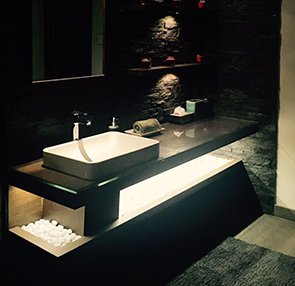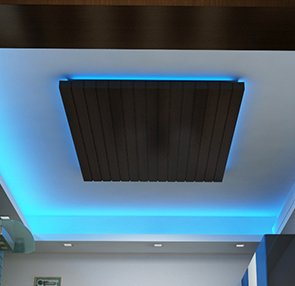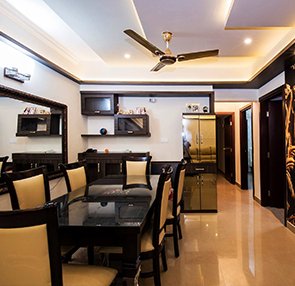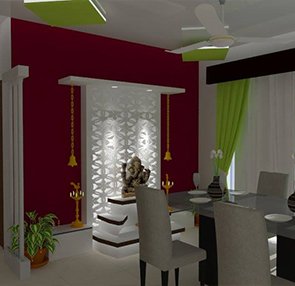Interior design covers areas like exploring the inner style of the homeowner, defining his expression, the sense of spatial awareness, the purpose of rooms, the use of light, use of different shapes, wall art, fabrics, and furnishings, buying accessories and giving final touches. Almost every one of us cherishes the dream of staying in a beautiful and perfect home. Interior designing trend keeps on changing and showcases some of the best works done by interior designers and interior designing companies. Interior designing is the very art and science of improving space and adding life to it.
Who can do interior designing?
The concept of interior designing is both exciting and appealing to the home builders and homeowners alike. It is reserved for those who love playing with ceilings, floors, kitchens, bathrooms, different areas. In the 21st century, interior designing has revolutionized, and builders along with homeowners design creative interiors and innovative interiors through the use of tiles and marbles. For more efficiency, appeal and beauty, homes now make use of tile work and marbles.
Starting with interior designing
In the first place, one is required to decide on the general theme to be implemented in the entire home. However, this does not imply that the entire house or all the rooms have to bear the same theme. But, the style one chooses, should reflect the style and character of the family and the home. Famous interior designers can lend a space a distinct personality and spirit. If implemented correctly, interior design ideas can add a splash of color and life to space while creating a stimulating ambiance. As a homeowner, you need to assess your needs and then choose or implement interior design ideas to come up with a distinct variety of visual difference in each space and corner of the home. Plan in advance to attain a desired style and beauty.
Tips to interior designing
Firstly, decide whether your focus will be on functionality or aesthetics. After deciding on it, move forward to choose ideas. Your bedroom must precisely convey your style, sensibility, and your disposition. The color, the pattern and the furnishing must reflect the personality of the homeowner and his taste. When decorating or designing a room, make sure you choose a theme expressing your individuality or personality in a real sense. The décor should have personalized and distinct touch. When it comes to the theme of interior designing, you may choose among an array of themes like ethnic, contemporary and classic. The correctly chosen theme can invoke the right mood and notes. To give an authentic touch to any of the spaces or rooms, make use of wall art, wallpapers and antique furniture. To give a touch of elegance or royalty, incorporate elements of glass, wooden accessories. They will surely spice up the interior of any house. Equally important is choosing the fabrics, drapes, and curtains of a room. The fabric and looks of curtain must blend perfectly with the interior, the color of the room such that it is asymmetric. Use charming shades in the room to create that visual spark in the space. Such elements can define the space and make your interiors aesthetically appealing. Rest of the home need not be precisely same but has to match somewhat for that visual resonance.
Elements of green
Incorporating elements of green in the space is sensible. Make use of metal furniture but do not forget to add green carpets. Green carpets are very much in vogue and tend to brighten up the interior. Avoid choosing shades that are garish enough to take away soothing effect. Carpets, drapes, and walls can have elements of green to create a soothing and refreshing interior. Custom furniture can pave the way for well-managed and well-organized spaces. Beautiful designs may make the interior impressive and pleasing to the eyes.









